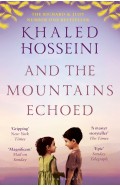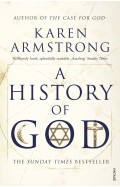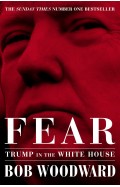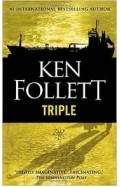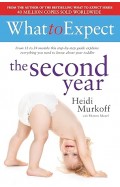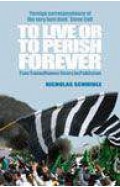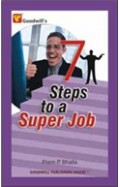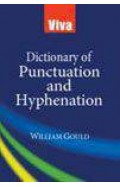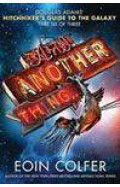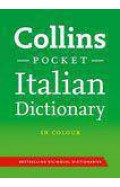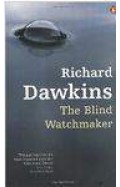KARACHI - The Land Issue
By: Arif Hasan
-
Rs 876.00
- Rs 1,095.00
- 20%
You save Rs 219.00.
Due to constant currency fluctuation, prices are subject to change with or without notice.
Karachi is one of the fastest growing cities in the world. It is Pakistan's only port and the major contributor to the country's economy. In addition, it is also a diverse city with its population politically divided along ethnic lines. These three factors make the urban land and that on the city’s fringe a highly contested commodity: federal, provincial, and local land-owning agencies, corporate sector interests, formal and informal developers, international capital, and military cantonments compete for control and for extracting maximum value from it. The victims of this battle for turf and profits are the city's social and physical environment and its low and lower middle-income groups. This book deals with the history, evolution, and present day realities around who owns the land, its legal and illegal acquisition, land-use conversions and development, the actors involved and their relationship with each other and with the public at large, the often violent conflicts that take place in this process, and the measures that can be taken to regulate the land market for the creation of a better urban environment and for providing homes to its less privileged.
Karachi is one of the fastest growing cities in the world. It is Pakistan's only port and the major contributor to the country's economy. In addition, it is also a diverse city with its population politically divided along ethnic lines. These three factors make the urban land and that on the city’s fringe a highly contested commodity: federal, provincial, and local land-owning agencies, corporate sector interests, formal and informal developers, international capital, and military cantonments compete for control and for extracting maximum value from it. The victims of this battle for turf and profits are the city's social and physical environment and its low and lower middle-income groups. This book deals with the history, evolution, and present day realities around who owns the land, its legal and illegal acquisition, land-use conversions and development, the actors involved and their relationship with each other and with the public at large, the often violent conflicts that take place in this process, and the measures that can be taken to regulate the land market for the creation of a better urban environment and for providing homes to its less privileged.
Tharparkar : Drought, Development and Social Change
By: Arif Hasan
Rs 800.00 Rs 1,000.00 Ex Tax :Rs 800.00
Karachi’s Public Transport - Origins, Evolution, and Future Planning
By: Arif Hasan
Rs 732.00 Rs 915.00 Ex Tax :Rs 732.00
The Search for Shelter: Writings on Land and Housing
By: Arif Hasan
Rs 824.00 Rs 1,030.00 Ex Tax :Rs 824.00
Zubin Mehta: A Musical Journey (An Authorized Biography)
By: VOID - Bakhtiar K. Dadabhoy
Rs 472.50 Rs 1,050.00 Ex Tax :Rs 472.50
History of God The 4000 Year Quest of Judaism, Christianity and Islam
By: Karen Armstrong
Rs 2,636.00 Rs 3,295.00 Ex Tax :Rs 2,636.00
The Reluctant Fundamentalist: From Book to Film
By: Mira Nair
Rs 602.25 Rs 1,095.00 Ex Tax :Rs 602.25
Viva Dictionary Of Punctuation And Hyphenation
By: William Gould
Rs 135.00 Rs 150.00 Ex Tax :Rs 135.00
And Another Thing... (The Hitchhiker's Guide to the Galaxy)
By: Eoin Colfer
Rs 316.00 Rs 395.00 Ex Tax :Rs 316.00
Collins Pocket Italian Dictionary
By: Collins Dictionaries
Rs 1,491.75 Rs 2,295.00 Ex Tax :Rs 1,491.75
History of God The 4000 Year Quest of Judaism, Christianity and Islam
By: Karen Armstrong
Rs 2,636.00 Rs 3,295.00 Ex Tax :Rs 2,636.00
The Reluctant Fundamentalist: From Book to Film
By: Mira Nair
Rs 602.25 Rs 1,095.00 Ex Tax :Rs 602.25
No recently viewed books available at the moment.
Zubin Mehta: A Musical Journey (An Authorized Biography)
By: VOID - Bakhtiar K. Dadabhoy
Rs 472.50 Rs 1,050.00 Ex Tax :Rs 472.50
Tharparkar : Drought, Development and Social Change
By: Arif Hasan
Rs 800.00 Rs 1,000.00 Ex Tax :Rs 800.00
Karachi’s Public Transport - Origins, Evolution, and Future Planning
By: Arif Hasan
Rs 732.00 Rs 915.00 Ex Tax :Rs 732.00
The Search for Shelter: Writings on Land and Housing
By: Arif Hasan
Rs 824.00 Rs 1,030.00 Ex Tax :Rs 824.00
History of God The 4000 Year Quest of Judaism, Christianity and Islam
By: Karen Armstrong
Rs 2,636.00 Rs 3,295.00 Ex Tax :Rs 2,636.00
The Reluctant Fundamentalist: From Book to Film
By: Mira Nair
Rs 602.25 Rs 1,095.00 Ex Tax :Rs 602.25











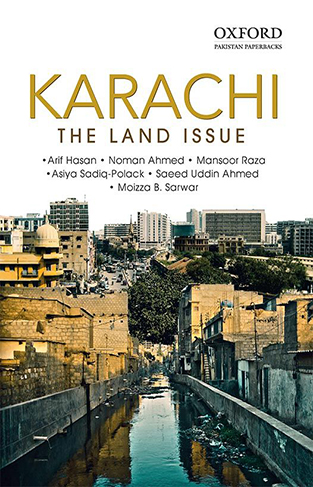
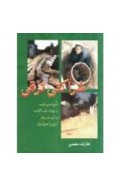
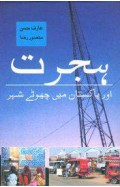
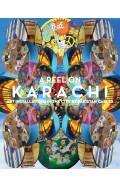
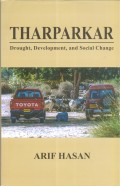

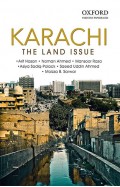
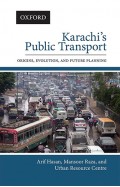
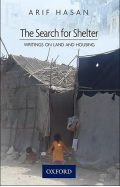
-120x187.jpg?q6)





